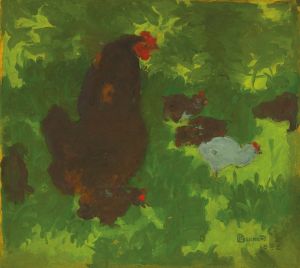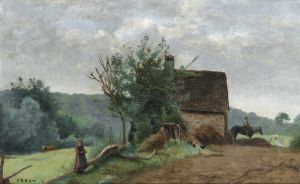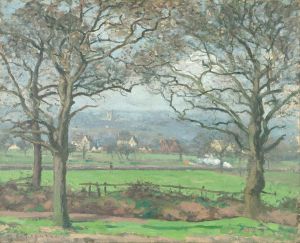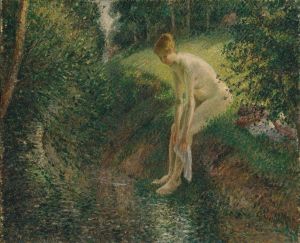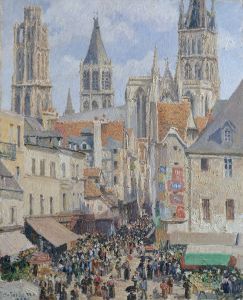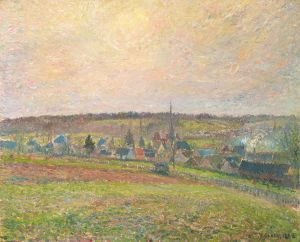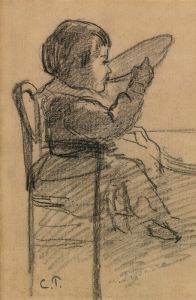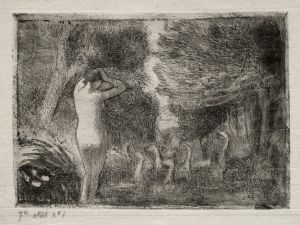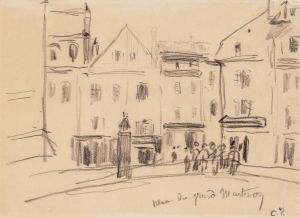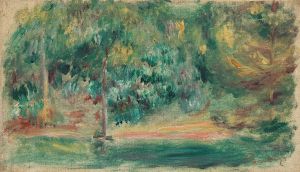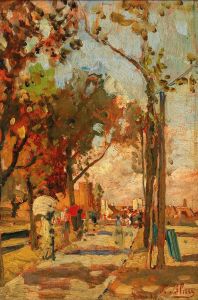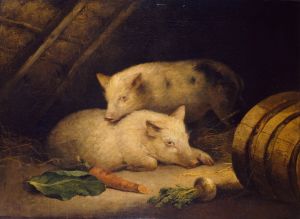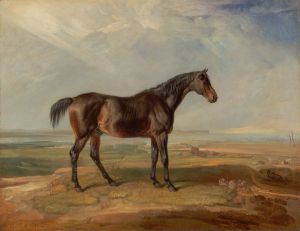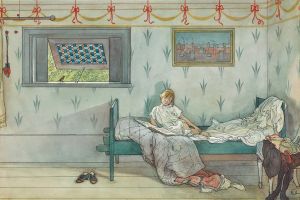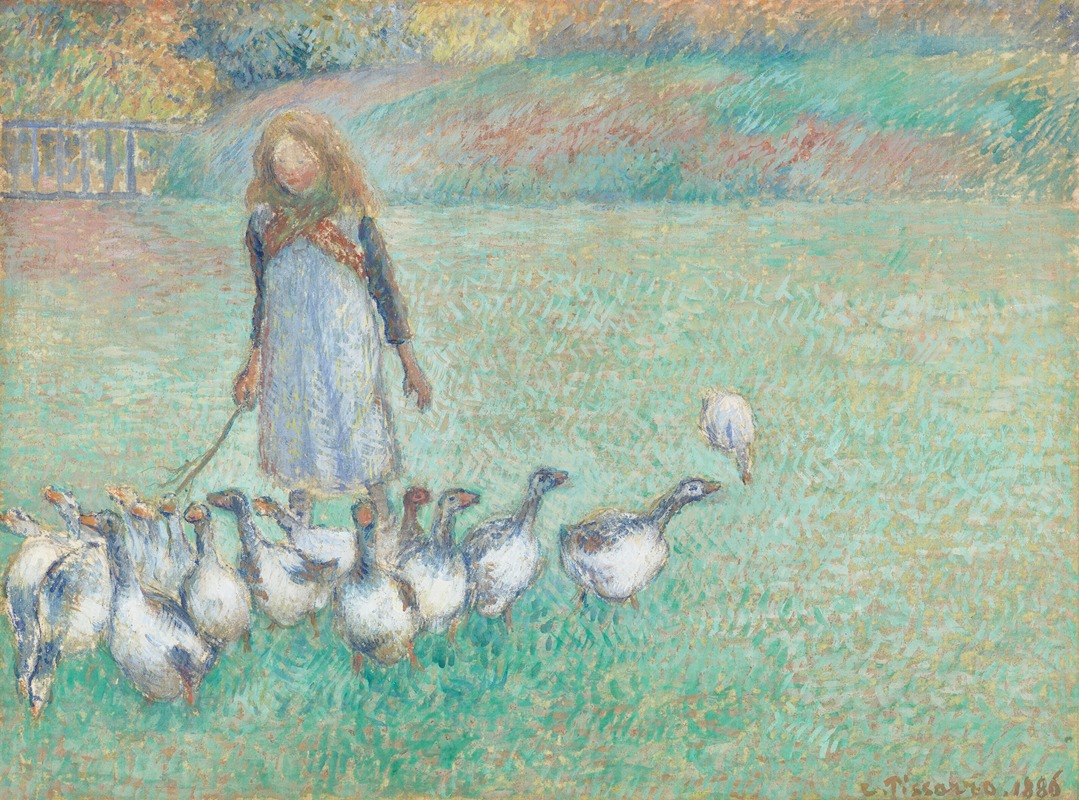
Petite gardeuse d’oies
A hand-painted replica of Camille Pissarro’s masterpiece Petite gardeuse d’oies, meticulously crafted by professional artists to capture the true essence of the original. Each piece is created with museum-quality canvas and rare mineral pigments, carefully painted by experienced artists with delicate brushstrokes and rich, layered colors to perfectly recreate the texture of the original artwork. Unlike machine-printed reproductions, this hand-painted version brings the painting to life, infused with the artist’s emotions and skill in every stroke. Whether for personal collection or home decoration, it instantly elevates the artistic atmosphere of any space.
Camille Pissarro, a prominent figure in the Impressionist movement, created the painting "Petite gardeuse d’oies" (Little Goose Girl) in 1881. This artwork is a testament to Pissarro's dedication to capturing rural life and his ability to depict the simplicity and beauty of everyday scenes. Pissarro, born in 1830 on the island of St. Thomas in the Danish West Indies, moved to Paris in 1855, where he became a central figure in the Impressionist circle, influencing and collaborating with artists like Claude Monet, Edgar Degas, and Paul Cézanne.
"Petite gardeuse d’oies" is an oil painting that exemplifies Pissarro's interest in rural themes and his commitment to portraying the lives of peasants with dignity and respect. The painting depicts a young girl tending to geese, set against a pastoral landscape. This subject matter reflects Pissarro's fascination with agrarian life and his desire to highlight the connection between humans and nature. The painting is characterized by its loose brushwork, a hallmark of the Impressionist style, which Pissarro helped to pioneer. This technique allows for a sense of movement and light, capturing the transient effects of sunlight on the landscape.
Pissarro's use of color in "Petite gardeuse d’oies" is particularly noteworthy. He employs a palette of earthy tones and soft greens, which harmonize to create a serene and idyllic atmosphere. The composition is carefully balanced, with the figure of the girl positioned slightly off-center, drawing the viewer's eye into the scene and inviting them to explore the surrounding environment. The geese, rendered with quick, fluid strokes, add a dynamic element to the composition, contrasting with the stillness of the girl.
Throughout his career, Pissarro was deeply influenced by his socialist beliefs, which informed his choice of subjects. He often depicted the working class, portraying them with empathy and realism. "Petite gardeuse d’oies" is a reflection of this ethos, as it elevates a simple rural scene to a subject worthy of artistic exploration. Pissarro's commitment to depicting the lives of ordinary people was a radical departure from the traditional subjects of historical and mythological scenes that dominated the art world at the time.
The painting is also significant in the context of Pissarro's broader body of work. During the early 1880s, Pissarro was experimenting with different techniques and approaches, influenced by his interactions with other artists and the evolving Impressionist movement. "Petite gardeuse d’oies" represents a moment in Pissarro's career where he was refining his style and solidifying his place as a leading figure in the art world.
Today, "Petite gardeuse d’oies" is appreciated not only for its aesthetic qualities but also for its historical significance. It serves as a window into the rural life of 19th-century France and exemplifies Pissarro's dedication to capturing the essence of the world around him. The painting is housed in various collections and continues to be studied and admired by art historians and enthusiasts alike, who recognize its importance in the canon of Impressionist art.





